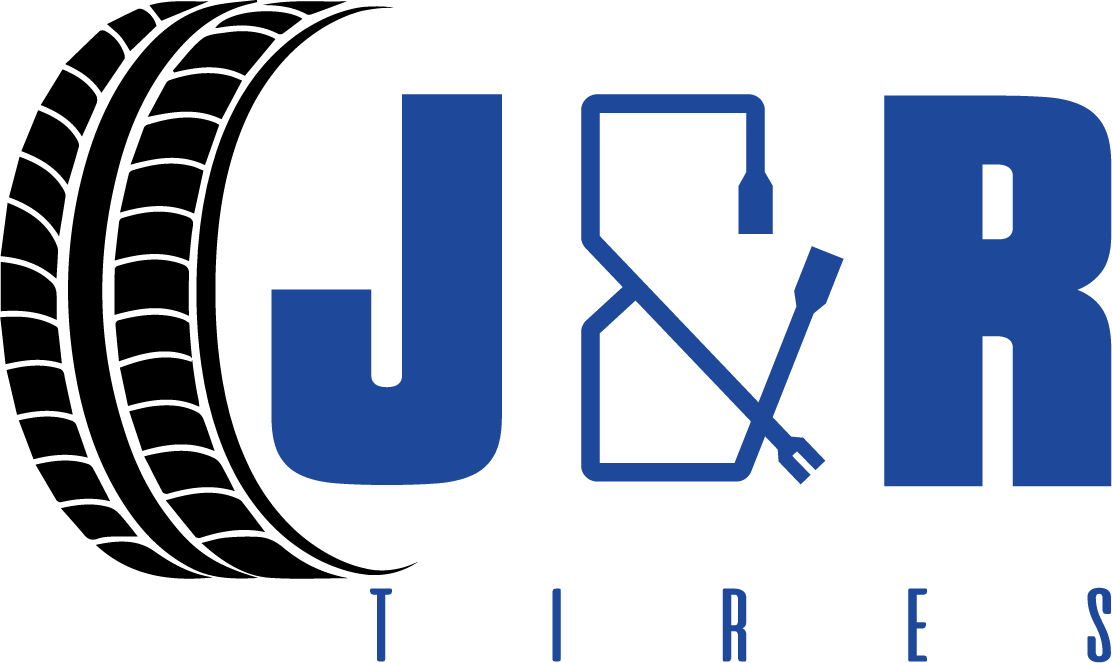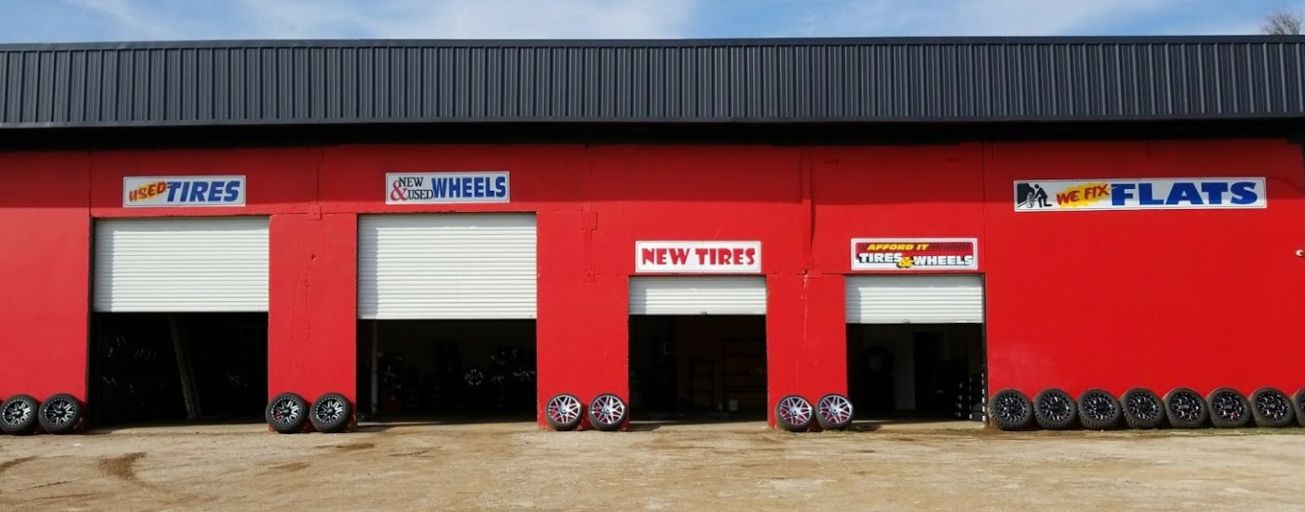The Science Behind Tire Fixing and Safety And Security
When it concerns the detailed globe of tire maintenance and safety, there exists a realm of science that frequently remains hidden by the typical chauffeur - morris tire. The materials that compose a tire, the effect of tire stress on total security, the implications of tread wear, the elaborate dynamics of tire grip, and the often-overlooked relevance of appropriate wheel positioning all play important roles in making sure a car operates safely and successfully. As we navigate with the intricacies of tire repair work and safety, it becomes obvious that a deeper understanding of these clinical concepts is not just advantageous however vital for every single driver when driving
Tire Make-up and Capability
What materials comprise the make-up of tires, and just how do these components add to their performance when traveling? Tires are intricate items, generally made from a mix of rubber substances, fabric, steel cables, and other chemical additives. One of the most typical kind of rubber made use of in tires is artificial rubber, which offers longevity and resistance to tear and use. The textile layers, commonly constructed from rayon, polyester, or nylon, supply strength and stability to the tire framework. Steel cables are incorporated to improve the tire's stamina and aid it keep its form under various road problems.
The rubber compounds supply hold and traction, allowing the tire to stick to the road surface and supply security throughout acceleration, stopping, and cornering. Overall, the cautious selection and mix of these materials ensure that tires can carry out successfully and safely on different roadway surfaces and conditions.
Impact of Tire Stress on Safety And Security
Preserving correct tire pressure is crucial for ensuring ideal safety and performance while driving. The effect of tire stress on security can not be overstated. Underinflated tires are susceptible to overheating, which can cause tire blowouts, especially at high rates. In addition, low tire stress influences the handling and responsiveness of the car, raising the threat of crashes, specifically during emergency maneuvers. On the other hand, overinflated tires have much less contact with the roadway surface, lowering grip and triggering irregular wear on the tire treads. This compromises the vehicle's security and stopping effectiveness, presenting a substantial safety and security hazard. Effectively filled with air tires likewise play a vital role in fuel efficiency, as underinflated tires can increase moving resistance, leading to lowered gas mileage. Routinely inspecting and preserving the correct tire stress not only makes certain safety yet likewise expands the life expectancy of the tires, minimizing replacement expenses in the future.
Tread Put On and Its Effects
Proper monitoring of tire tread wear is critical for making sure optimal efficiency and safety on the road. As tires wear down, the deepness of the walk diminishes, lowering the tire's capacity to keep grip, particularly in wet or unsafe problems. The step pattern and depth play a crucial function in transporting water away from the tire to prevent hydroplaning and maintaining hold when driving surface area.
Signs of excessive step wear consist of hairless spots, uneven wear, and the look of wear indicators. Hairless areas suggest localized wear, which can lead to instability and enhanced risk of blowouts. Irregular wear might suggest concerns with tire alignment, suspension, or rising cost of living components. Use indications are built right into the tire step and become noticeable when the tread deepness reaches a specific low point, showing the article need for immediate replacement.

Understanding Tire Grip Characteristics
Keeping track of tire tread wear not just guarantees optimum efficiency and security however also straight affects the grip characteristics of the tires on different roadway surfaces. Tire grip is an essential facet of vehicle handling and security, as it identifies the grasp between the tires and the road. Traction characteristics vary depending upon roadway problems such as dry pavement, wet roadways, snow, or ice.

Recognizing tire traction dynamics is vital for vehicle drivers to adapt their driving habits according to the road problems. morris tire. On a regular basis checking tire walk deepness and problem can considerably boost grip performance, guaranteeing safer driving experiences across numerous surface areas
Relevance of Proper Wheel Placement
Guaranteeing correct wheel positioning plays a vital role in maximizing automobile efficiency and prolonging tire longevity. Proper wheel alignment involves adjusting the angles of the wheels to manufacturer requirements, guaranteeing that they are vertical to the ground and parallel to each various other. When positioning is off, it can bring about unequal tire wear, lowered fuel performance, i thought about this and endangered handling.
Among the essential advantages of keeping proper wheel alignment is improved dealing with and stability. Misaligned wheels can trigger the car to pull to one side, impacting guiding control and total driving experience. Additionally, appropriate alignment promotes also tire wear, preventing early tire substitute and conserving on maintenance prices over time.

Verdict
In final thought, the science behind tire repair work and safety is essential for maintaining automobile efficiency and making certain chauffeur safety. By comprehending tire composition, stress, walk wear, grip dynamics, and wheel placement, vehicle drivers can prevent mishaps and prolong the life-span of their tires.
The products that compose a tire, the influence of tire pressure on overall security, the effects of step wear, the complex dynamics of tire traction, and the often-overlooked importance of appropriate wheel alignment all play essential functions in making certain a vehicle operates safely and successfully. On the other hand, overinflated tires have less contact with the road surface area, decreasing grip and creating irregular wear on the tire footsteps. Frequently checking and keeping the correct tire pressure not only ensures safety however also expands the life-span of the tires, conserving on replacement expenses in the long run.
Keeping track of tire tread wear not only ensures ideal efficiency and safety and security yet also straight influences the traction characteristics of the tires on various roadway surface areas. Tire traction is an important element of lorry handling and learn this here now safety, as it identifies the grip in between the tires and the roadway.